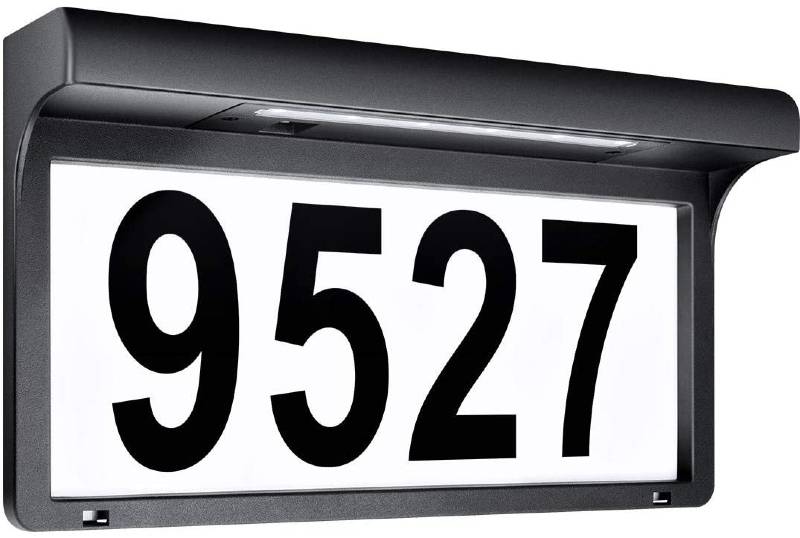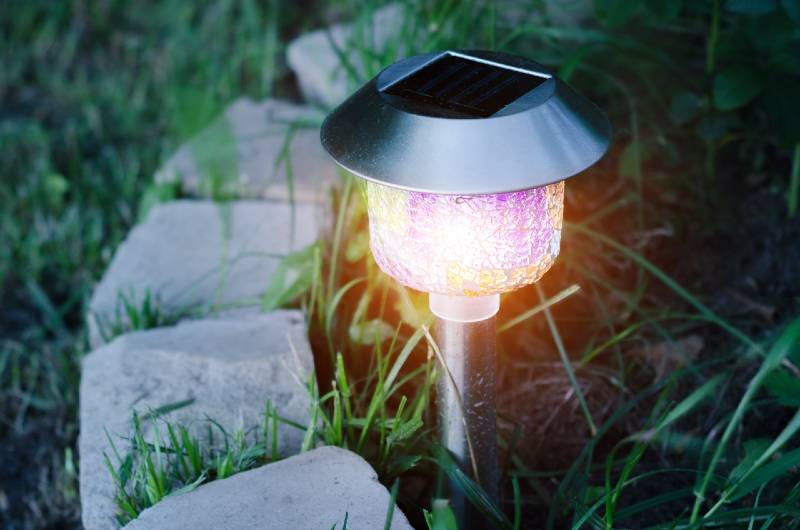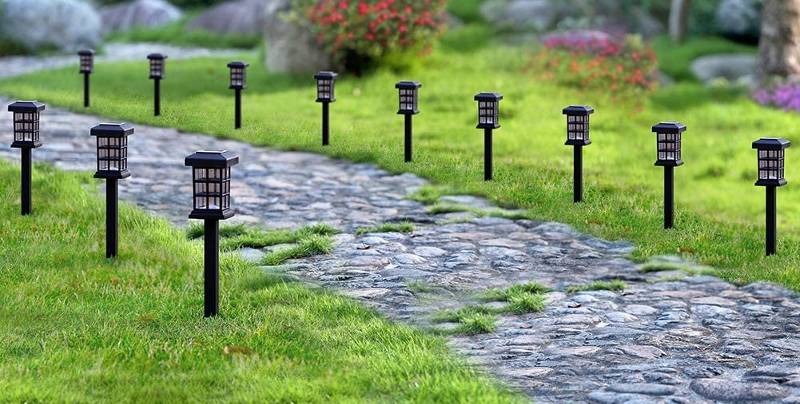Tackling DIY projects can be a rewarding way to enhance your home’s outdoor spaces.
If you’re ready to dive into a new project, learning how to install solar lights is a great starting point.
So, in this guide, I’ll walk you step by step through the process of installing solar lights in your garden, driveway, or walkway.
You’ll learn how to select the ideal location, gather the right tools and materials, and securely set up your new lights.
Key Takeaways
- Regular maintenance, such as cleaning the solar panels and removing any obstructions that cast shadows, is crucial for enhancing the efficiency and longevity of solar lights.
- To maximize the effectiveness of solar lights, it’s important to install them in areas that receive plenty of sunlight, avoiding any shade from trees or buildings.
- Gather necessary tools and materials like solar lights, batteries, a screwdriver, and a shovel for proper installation to ensure the lights are stable and effective.
How to Install Outdoor Solar Lights?
Step 1: Choose the Best Location
As we all know, solar lights need a lot of sunlight to charge up during the day.
So, the first thing to do is find spots in your yard that get plenty of sun.
Steer clear of places under thick trees or behind tall buildings because shadows can cut down on how much sunlight your lights will catch.
Once you’ve picked out the sunniest spots, think about where you need some extra light.
Pathways, garden edges, driveways, and doorways are usually great choices.
Adding lights to these spots not only makes your place look nicer but also makes it safer to walk around at night.
Step 2: Collect Required Tools and Materials
Before you start installing your solar lights, it’s important to make sure you have everything you need.
Here’s a checklist of what to gather:
- Shovel or Spade: If you’re planning to install the lights in the ground, you’ll need something to dig the holes for the stakes.
- Solar Lights: Obviously, you’ll need the lights themselves. Make sure they come with all their parts.
- Rechargeable Batteries: Some solar lights come with batteries, but if yours don’t, you’ll need to pick up some rechargeable batteries that are compatible with the lights.
- Screwdriver: This is handy for any small screws that might be part of the light assembly or for mounting brackets.
- Screws or Stakes: These are usually included with your solar lights. Stakes are used for ground installation, while screws are needed if you’re mounting the lights on a surface.
Related Article: How to Attach Solar Lights to Brick Walls
Step 3: Site Preparation for Installation
Now that you’ve got all your tools and materials ready, the next thing to do is prepare where they’re going to go.
First off, figure out where each light should be placed.
You need to ensure they’re spaced out nicely, whether they’re going down a walkway or around your garden.
It helps to keep everything looking tidy and ensures the light spreads out evenly.
If you need to, grab a measuring tape to get the spacing just right.
Once you’ve got all your spots marked, grab your shovel or spade and start digging.
You’ll need to make holes for the stakes of the solar lights.
I prefer to make the holes about half as deep as the length of the stakes.
This depth is usually enough to keep the lights stable and secure in the ground.
Step 4: Installation of Solar Lights
After you’ve marked where each of your solar lights will go and got the ground ready, it’s time to put them in place.
For putting them in the ground, just start by placing each light into its designated hole.
You need to make sure those stakes are pushed down firmly into the soil to stop any wobbly business.
Keep the lights standing straight up so they don’t start leaning later on.
The base of each light should be level with the ground to avoid any tripping hazards or the lights getting knocked over.
If you’re hanging the lights on a wall or a fence, you’ll need a few extra tools, but the idea is the same: make sure they’re secure.
Hold the light up to where it’s going to go, mark the spots for the screws, and then pre-drill some small holes to keep the surface from splitting when you screw them in.
Line up the light with your holes and screw it in place.
Just snug enough so it’s stable, but don’t go too tight or you might crack the light’s housing or the surface it’s on.
Step 5: Configuration Adjustments (As Needed)
We all like our outdoor spaces to feel just right, and that’s why many solar lights come with options to tweak the brightness and how long they stay on.
To get your setup perfect, grab the user manual first.
It’s got all the info you’ll need to adjust things to your liking, whether you’re after a gentle glow for chilled-out evenings or need bright lights to keep things secure at night.
If your solar lights have a manual switch, adjusting them could be as easy as flicking a switch or twisting a dial.
But if they’re controlled remotely or through an app, you’ll need to ensure they’re synced up properly with your control device first.
Step 6: Conduct Light Testing
No one wants to find out after hours of setting up that their solar lights aren’t working.
That’s why it’s important to test each light once you’ve got them installed.
Just cover up the solar panels to simulate darkness, and they should light up if everything’s connected correctly.
This quick check lets you know right away if something’s off.
If a light doesn’t come on, it’s time to troubleshoot.
First, double-check all the connections.
Make sure the batteries are properly installed and that all connectors are tight.
A loose wire or an improperly seated battery is often the culprit.
If that doesn’t fix the issue, take a look at the user manual for some troubleshooting steps, or consider reaching out to the manufacturer if you’re stuck.
Step 7: Upkeep and Cleaning of Solar Lights
Just like you’d look after any important part of your home, taking care of your solar lights is key to keeping them lighting up your yard night after night.
Here’s what to do: Start by giving the solar panels on each light a quick inspection.
Any dirt or leaves piling up can block sunlight and cut down on their efficiency.
Grab a soft cloth or a sponge and gently wipe off any grime.
If you run into tougher spots, a little soapy water should do the trick—just make sure you rinse the panels well with clean water afterward.
Also, keep an eye on any new branches or plants that might start shading your panels.
A bit of trimming here and there can keep everything clear and sunny for your lights.
Step 8: Revel in Your Outdoor Solar Lighting
Awesome job! You’ve just installed your outdoor solar lights, and now it’s time to kick back and enjoy the payoff.
You followed all the steps, from picking out the sunniest spots to making sure everything was hooked up right.
Now, you can pat yourself on the back for this DIY win.
You chose solar, which means using less power and tapping into renewable energy.
FAQs
How Are Solar Lights Installed?
Solar lights are installed by choosing a location with direct sunlight, securing them in the ground or mounting them on surfaces, and ensuring they are configured correctly.
How Do You Set Solar Lights for the First Time?
For the first time, set solar lights by placing them in a sunny area, then adjust their settings for brightness and duration as needed using the control panel or remote.
How to Install Solar Lights in the Ground?
To install solar lights in the ground, dig holes for the stakes, insert the lights ensuring they are upright, and press the stakes firmly into the soil.
How to Connect Solar LED Lights?
To connect solar LED lights, align and securely attach the light fixtures to the solar panel using connectors and ensuring all electrical connections are tight and waterproof.
Conclusion
We’ve walked you through every step needed to get your solar lights up and running, from picking the perfect spots to setting them up.
Want to make your setup even better?
Try this tip: Make sure your solar panels are angled to face true south if you’re in the Northern Hemisphere.
This gives them the best shot at catching the sun all day long.
Still got questions, or is there something you’re not sure about?
Just ask! I’m here to help you make sure your solar lights work perfectly and light up your space just the way you want.
Join our solar microdosing newsletter and get bite-sized, easy-to-understand insights into the world of solar energy.
From how solar panels work to building your own DIY solar system, we’ve got you covered.








